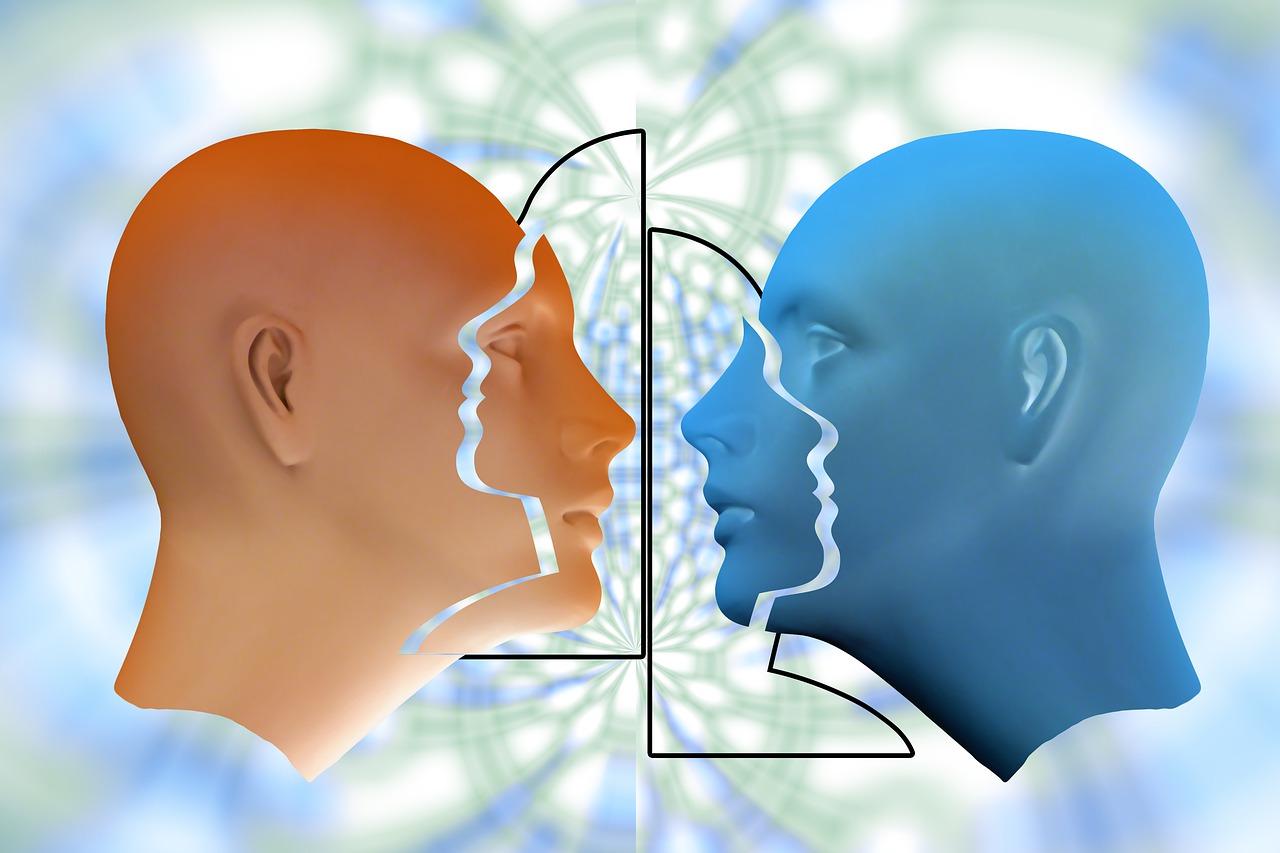Have you ever wondered why two people can look at the same situation and have completely different interpretations of what happened? It’s fascinating how our perceptions shape our understanding of the world around us. Perception is a fundamental aspect of human cognition, influencing how we make sense of our experiences and interact with others. In this blog post, we will delve into the concept of perception checking, exploring its meaning, importance, and how it affects our perception of reality.
Perception checking is a communication strategy that allows us to verify and validate our understanding of someone else’s behavior. It involves seeking clarification rather than jumping to conclusions based solely on our own perception. By engaging in perception checking, we can navigate interpersonal interactions more effectively, minimize misunderstandings, and build stronger relationships. So, let’s dive deeper into this concept and discover how perception checking impacts our perception of reality.
Title: Perception Checking: Understanding the Impact of Our Perceptions on Reality
What is Perception Checking
Perception checking is a fascinating concept that can help us understand how our perception of a situation may differ from reality. In simple terms, it is a communication technique that allows us to confirm our understanding of someone else’s behavior or message. With perception checking, we can avoid jumping to conclusions and making assumptions that may lead to misunderstandings or conflict.
Why Perception Checking Matters
Perception checking is like wearing glasses for our communication skills. It helps us see things clearer and in proper perspective. In our daily interactions, we often rely on our assumptions and interpretations of others’ behaviors, which can sometimes be clouded by our biases, past experiences, or emotional state. Perception checking encourages us to suspend judgment and take a step back to gain a deeper understanding.
How to Do a Perception Check
To perform a perception check effectively, follow these three simple steps:
1. Describe the Behavior or Situation
Start by objectively describing the behavior or situation that you want to understand better. Be specific and avoid using subjective language or assuming intentions. For example, instead of saying, “You were ignoring me,” say, “I noticed that you didn’t respond to my message.”
2. Offer Possible Interpretations
Next, provide alternative interpretations of the behavior or situation. This shows that you are open to different perspectives and allows the other person to clarify their intentions. For instance, you could say, “I’m wondering if you might have missed my message, been busy, or maybe didn’t receive it at all.”
3. Request Confirmation or Clarification
Finally, ask for confirmation or clarification to validate or correct your understanding. This step is crucial for bridging the gap between your perception and the reality of the situation. You can say, “Am I correct in my understanding? I want to make sure that I haven’t misinterpreted the situation.”
The Art of Perception Checking
Perception checking is not just about asking questions and seeking clarification; it’s an art that requires empathy, active listening, and genuine curiosity. By approaching perception checking with a sense of humor and playfulness, we can create a safe space for open communication and build stronger relationships.
Perception Checking vs. Mind Reading
Now, you might be thinking, “Isn’t perception checking just another term for mind reading?” Well, my friend, there’s a significant difference. Mind reading involves assuming we know what someone else is thinking or feeling without seeking any confirmation. Perception checking, on the other hand, involves actively seeking validation and clarification.
Clearing the Fog of Misunderstanding
Let’s face it: we live in a world where misunderstandings happen on a daily basis. Our unique perspectives and experiences shape how we interpret others’ behavior. Perception checking serves as a fog light, cutting through the mist of assumptions and helping us navigate towards clearer communication.
Perception Checking: A Communication Superpower
In our quest for better communication, perception checking can be our secret superpower. It keeps us grounded, helps avoid unnecessary conflicts, and fosters genuine understanding. So, the next time you find yourself questioning someone’s behavior or message, don’t hesitate to put on your perception-checking glasses and see the situation with a fresh perspective.
FAQ: What is Perception Checking
Who Coined the Term “Perception”
Perception checking, a term coined by social psychologist William James in the late 19th century, refers to a communication technique that fosters empathy and understanding.
What’s an Example of Indirect Perception Checking
Imagine this scenario: You received a perplexing text message from a close friend, and you’re not sure what they meant. Instead of jumping to conclusions, you decide to seek clarification by asking a mutual friend, “Hey, did you understand what Jane meant in her text?” This indirect method of perception checking involves involving a third party to validate or clarify our perceptions.
What’s the Difference Between Perception and Reality
Perception and reality are not always one and the same. Perception refers to how we interpret and make sense of the world around us. On the other hand, reality represents the actual state of things. Our perceptions are influenced by our experiences, beliefs, and emotions, which can lead to discrepancies between perception and reality.
Example of Direct Perception Checking
Let’s say you’re having lunch with a co-worker, Paul, and you notice that he seems upset. Instead of assuming the worst, you decide to engage in direct perception checking. You inquire, “Paul, I noticed you’re not yourself today. Is everything okay?” By directly addressing your observation and seeking confirmation, you give Paul the opportunity to clarify his emotions and share what’s really going on.
What Determines Reality
Reality is a complex concept influenced by a variety of factors. Our individual experiences, perspectives, and interpretations contribute to our perception of reality. Additionally, societal norms, cultural influences, and social constructs can shape our collective understanding of what is real.
The Meaning of Perception
In a nutshell, perception refers to how we make sense of the world around us. It involves the way we interpret sensory information and construct our understanding of reality. Perception is heavily influenced by our past experiences, beliefs, biases, and emotions.
Steps in Direct Perception Checking
Direct perception checking involves a few key steps:
- Observing: Pay close attention to someone’s behavior, verbal and non-verbal cues, and overall demeanor.
- Identifying: Recognize any assumptions or interpretations you might have about their behavior.
- Engaging: Politely approach the person and express your observations or concerns.
- Inquiring: Ask open-ended questions to seek clarification and gain a better understanding of their perspective.
- Reflecting: Listen actively, suspend judgment, and reflect back what you’ve heard to ensure accurate understanding.
What Exactly is Perception Checking
Perception checking is a communication technique used to confirm or validate our understanding of others’ thoughts, feelings, and behaviors. It helps us avoid misunderstandings, minimize conflict, and promote empathy and understanding in our interactions.
The Impact of Perception on Reality
Perception and reality share an intricate relationship. Our perception heavily influences how we navigate the world and construct our reality. Our beliefs, biases, and interpretations shape our experiences, actions, and relationships, ultimately impacting the course of our lives.
So there you have it! Perception checking helps bridge the gap between what we perceive and what is real. By employing this technique, we open doors to better understanding, smoother communication, and stronger connections with the people around us.

